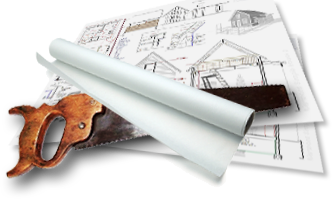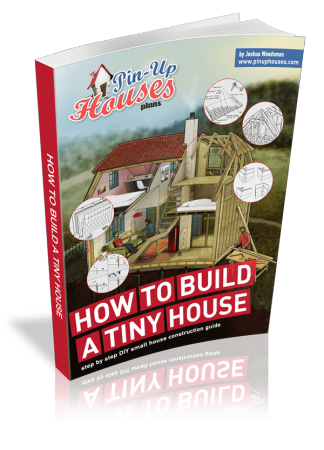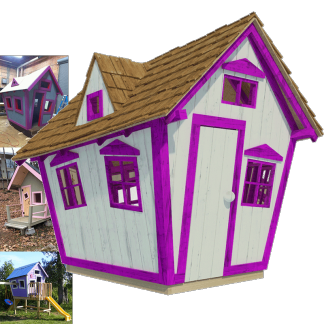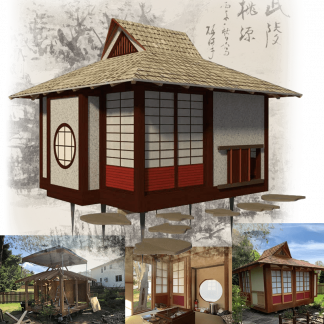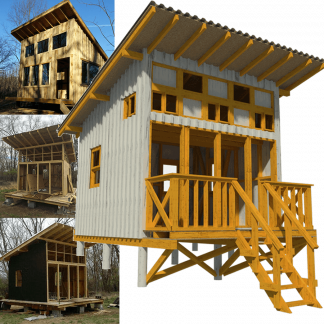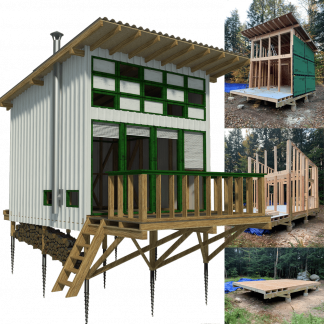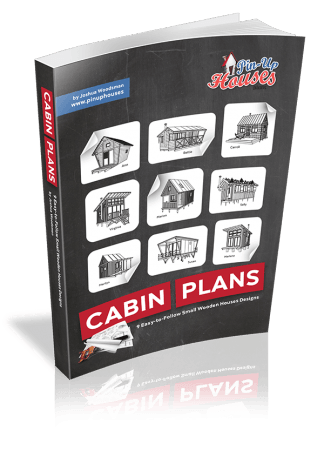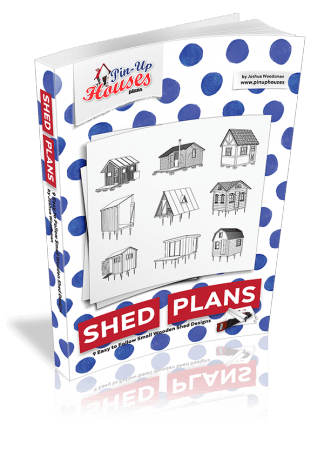A home addition can do more than simply increase square footage — it can transform the way you live now and in the future. For many homeowners, the ideal addition is one that evolves alongside their needs, supporting comfort, safety, and accessibility as they age or as their family circumstances change.
Planning for long-term accessibility means thinking beyond immediate design preferences. It involves considering how your mobility, household size, or lifestyle might shift over time, and ensuring that your space will adapt accordingly. This approach blends functional design, durable construction, and thoughtful engineering to create a home that remains comfortable and usable for decades.
Structural Foundations for Adaptable Spaces
No matter the style or purpose of your addition, its success starts with a strong and stable foundation. Basement underpinning Toronto services are often essential when building an addition, especially in older homes or in cases where you plan to add multiple stories or expand downward for additional living space. Underpinning strengthens and deepens the existing foundation, allowing it to support the increased load of your new structure while ensuring long-term stability.
When designed with accessibility in mind, a structurally reinforced addition can support features like wide doorways, open layouts, and barrier-free entrances without risking structural integrity. A stable foundation also helps prevent uneven floors or settlement issues that could create trip hazards.
Furthermore, addressing foundation needs at the start allows you to incorporate other accessibility upgrades seamlessly, such as in-floor radiant heating for comfort or reinforced walls for grab bar installation in bathrooms. Companies like qualityagebuild.com can help identify foundation improvements that ensure your addition is ready for decades of safe and adaptable use.
Budgeting with the Future in Mind
Cost of underpinning should be considered early in your planning process, particularly if your addition involves expanding basement space or increasing structural load. While underpinning is an investment, it is one that safeguards your addition’s longevity and prevents expensive structural repairs in the future.
When budgeting for a home addition designed for long-term accessibility, it’s wise to factor in not only the immediate construction costs but also the potential savings from preventive measures like underpinning. By strengthening the foundation from the start, you reduce the risk of settlement, water damage, or instability that could require major repairs later.
Allocating funds for foundational upgrades also opens up possibilities for additional living space in the basement. For example, underpinning can increase ceiling height, making the lower level suitable for an accessible suite, home office, or recreation area. This added flexibility can be invaluable as household needs change over time.
Accessibility-Driven Design Elements
Once the structural work is addressed, the focus can shift to the design features that make your home addition comfortable for all stages of life. Universal design principles are particularly effective for creating spaces that work for everyone, regardless of age or mobility.
Some key features to consider include:
- Step-free entrances and thresholds – Reduce the risk of falls and make the space wheelchair accessible.
- Wide hallways and doorways – Allow for easier movement and accommodate mobility aids.
- Lever-style handles – Easier to operate than traditional knobs, especially for those with limited grip strength.
- First-floor primary suites – Offer convenient living without reliance on stairs.
- Ample lighting and minimal glare – Improve visibility and reduce eye strain.
- Smart storage solutions – From adjustable shelving to garage racking systems, thoughtful organization reduces clutter and helps maintain safe, accessible pathways.
These design choices not only make the home safer and more comfortable now but also eliminate the need for costly retrofits in the future.
Integrating the Addition with the Existing Home
For a home addition to truly grow with you, it must blend seamlessly with the existing structure both aesthetically and functionally. This means considering how new spaces will connect with old ones, ensuring smooth transitions and consistent floor levels.
Structural integration is also critical. A poorly connected addition can create stress points that lead to cracks, water leaks, or uneven settling. Reinforcing the foundation through underpinning or other structural improvements before construction begins helps prevent these issues.
Additionally, accessibility is most effective when it’s consistent throughout the home. An addition with barrier-free features will be less useful if the rest of the house still presents obstacles. Coordinating improvements to both old and new spaces ensures the entire home remains adaptable.
Professional Expertise Makes the Difference
Designing and building an accessible, long-lasting home addition requires expertise in both construction and accessibility planning. Professionals familiar with foundational upgrades, like those at qualityagebuild.com, can help ensure that your project is structurally sound while also meeting accessibility needs.
From evaluating soil conditions to recommending the best underpinning approach, these specialists bring valuable insight that safeguards your investment. Their guidance can help you avoid design oversights, ensure compliance with building codes, and create a home addition that serves you well for decades.
Final Thoughts
A well-planned home addition is an opportunity to create a space that adapts to your needs at every stage of life. By starting with a strong foundation, accounting for long-term costs, and incorporating universal design features, you can ensure that your addition remains both beautiful and functional far into the future.
Whether you’re expanding for a growing family, creating a space for aging in place, or simply upgrading your living environment, thoughtful planning and structural reinforcement are key to success. With the right approach — and the right professionals — your home addition can truly grow with you.

